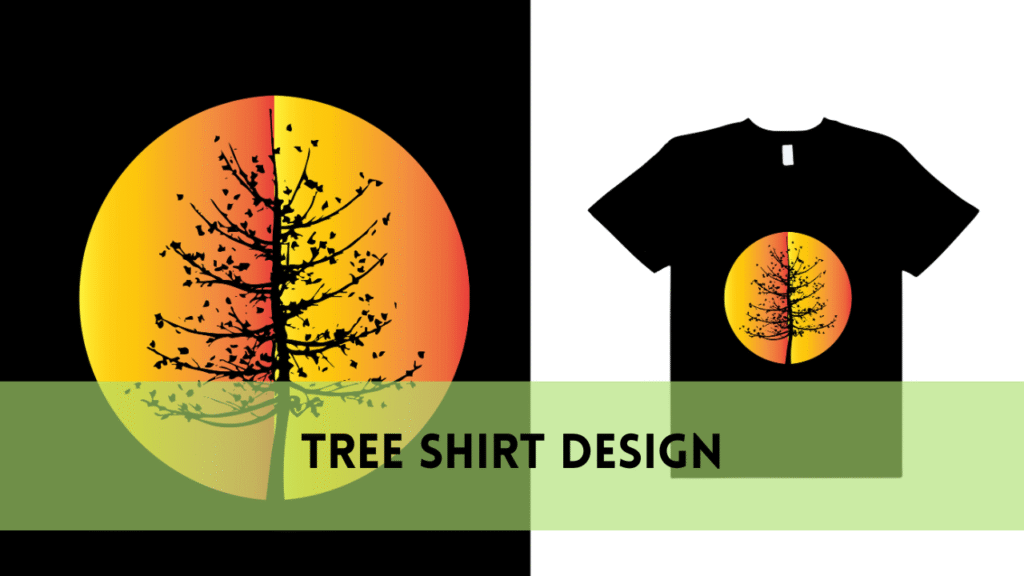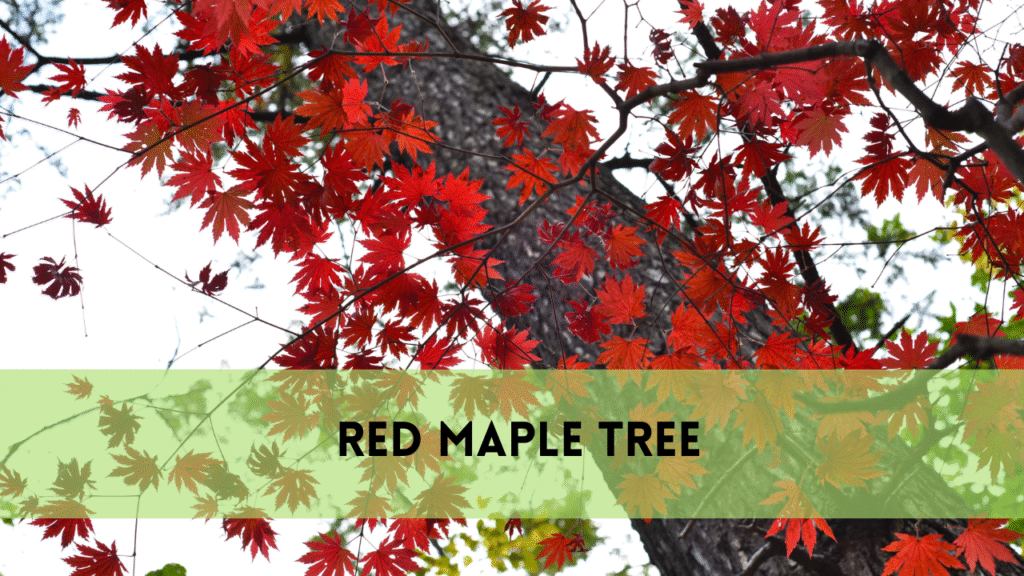Tree Limbs Removal
In the complex world of arboriculture, mastering the art of tree limb removal for site cros is a skill that arborists possess with ease. This guide reveals the complexities and expertise involved in this sensitive process, including a thorough examination of processes, instruments, and environmental considerations. Arborists, as custodians of the arboreal landscape, balance preservation and transformation. The path begins with understanding tree physiology, which provides a firm foundation for arborists to make informed limb removal decisions. As we delve into the knowledge of tools and procedures, the guide unfolds the symphony generated by chainsaws, pruning shears, and advanced ways, demonstrating arborists’ technical abilities.
The Arboreal Symphony: Understanding Tree Physiology
Understanding tree physiology is similar to comprehending the subtle notes of a symphony in an arborist’s repertory. Trees, with their silent songs, hide secrets in their architecture and growth patterns that help arborists master the art of limb removal for site cros.
Roots of Wisdom:
The symphony starts underground, where roots anchor the tree and absorb nutrition. Understanding the depth and spread of the root system is critical since it affects the tree’s stability and general health.
Branching Ballet:
Branching Ballet involves elaborate movement using branches above ground. Arborists must distinguish between healthy and diseased branches and determine how each affects the tree’s vitality.
Circulatory Harmony:
Trees have a vascular system that distributes water and nutrients, similar to an organism’s circulatory system. Arborists decipher this symphony, realizing how important each limb is to the tree’s health.
As arborists decode this arboreal symphony, they obtain insights into how to coordinate accurate limb removals, preserving the health and longevity of the arboreal performers.
Tree limbs removal
Mastering the Craft: Tools and Techniques
Arborists, the arboreal world’s artisans, practice a particular trade, using a variety of equipment and techniques to arrange accurate and efficient tree limb removal for site clearance. This chapter reveals the symphony of arboricultural prowess, with each tool serving as a note and each technique contributing to the complicated melody.
Arborists rely heavily on chainsaws, a powerful tool for removing limbs. Arborists expertly traverse the complexity of branches, guaranteeing a smooth removal operation.
Pruning shears are used to remove fragile limbs in a balletic manner through the canopy. These agile tools are required for precise trimming, which shapes the tree with surgical precision.
Rigging techniques act as a rhapsody in the arboreal symphony, allowing arborists to securely regulate the drop of large branches. This smart use of ropes protects not just the removal process but also the neighbouring structures.
Arborists use an aerial waltz to reach high limbs in the canopy. They ascend using ropes and harnesses, navigating the treetop heights with grace, reaching branches that require a delicate touch.
As the arborist’s skill develops, tools and procedures merge perfectly to create a masterpiece of limb removal. This symphony of arboricultural talent protects not just the tree’s health but also the safety and joy of those who work on it.
Branching Out Responsibly: Environmental Impact Mitigation
Arborists, as nature’s caretakers, participate in the delicate dance of limb removal while remaining committed to environmental responsibility. This section investigates the conscious methods used to reduce the environmental impact of tree limb removal for site cros.
Adopting eco-friendly behaviours is the first step towards environmental sustainability. Arborists prioritize recycling wood from discarded limbs, which contributes to sustainability by repurposing resources for a variety of purposes, including mulch and furniture.
Implementing low-impact removal techniques minimizes harm to the surrounding ecology. Arborists carefully consider the consequences of their actions, ensuring that the removal procedure leaves the environment as intact as possible.
Mitigating environmental effect also includes maintaining biodiversity. Arborists take care not to cause needless harm to nearby plants and fauna, while also respecting the arboreal landscape’s linked web of life.
As arborists expand responsibly, each limb removed represents a conscientious effort to balance the needs of tree care with the preservation of the delicate ecosystems that surround them.
FAQs
Is limb removal required for all trees?
Yes, limb removal is necessary for a variety of reasons, including safety, appearance, and tree health. Removing unhealthy or overhanging limbs improves the tree’s overall health.
What tools are typically used to remove limbs?
Arborists use chainsaws, pruning shears, and rigging tools to remove limbs. Each tool has a distinct function in guaranteeing accurate and safe removal.
How can limb removal help the surrounding environment?
Limb reduction increases sunshine penetration, stimulates air circulation, and improves overall tree health. In addition, ethical disposal techniques reduce environmental impact.
Can limbs be removed year-round?
While it is possible, limb removal is best done during the dormant season to reduce stress on the tree. Consult an arborist.
Is limb removal a do-it-yourself task?
Limb removal includes hazards and difficulties, so it is best to contact a trained arborist. They have the necessary skills and equipment to assure safe and effective removal.
Conclusion
In the magnificent tapestry of arboriculture, the tree limb removal guide concludes a journey through the delicate balance of preservation and transformation. Arborists, as custodians of the natural world, provide an arboricultural legacy that goes beyond the physical act of limb removal.
As the book closes, it becomes clear that arborists’ legacy is more than just cleared areas; it is a landscape intricately formed by nature and human expertise. Each limb removed represents a brushstroke on the canvas of responsible and sustainable arboriculture, demonstrating a dedication to promoting health, safety, and environmental harmony.




